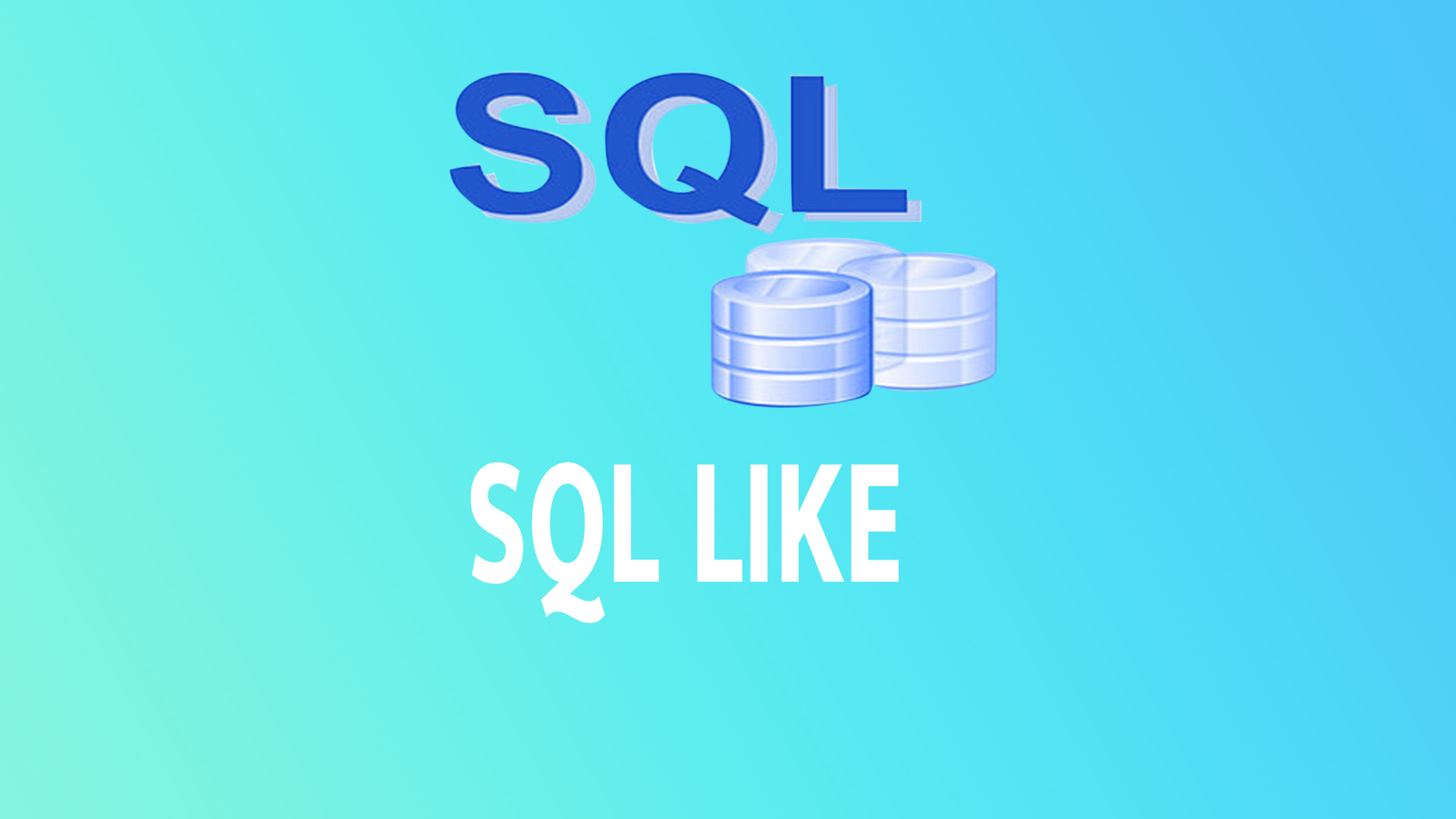
SQL Aggregate Functions
What Are SQL Aggregate Functions? SQL aggregate functions perform calculations on a set of values and return a single value. These functions are comm…

What Are SQL Aggregate Functions? SQL aggregate functions perform calculations on a set of values and return a single value. These functions are comm…

Understanding the SQL CASE Statement The SQL CASE statement is a powerful conditional expression that allows you to execute logic within an SQL que…

Understanding SQL ALIAS An SQL ALIAS is a temporary name assigned to a table or a column in a query. It improves readability and convenience, especi…

Understanding SQL INNER JOIN The SQL INNER JOIN is a type of join that retrieves records from two or more tables based on a related column. It ret…

Understanding SQL LEFT JOIN The SQL LEFT JOIN (or LEFT OUTER JOIN ) retrieves all records from the left table (first table) and the matched records …

Understanding SQL FULL OUTER JOIN The SQL FULL OUTER JOIN retrieves records from both the left and right tables. It returns all rows when there is a…

Understanding SQL IS NULL In SQL, the IS NULL operator is used to check if a value in a column is NULL . A NULL value represents missing, undefined…

Understanding the SQL NOT Operator The SQL NOT operator is used to negate a condition in a query. It is a logical operator that returns TRUE if th…

What is the SQL IN Operator? The IN operator in SQL is used to filter rows based on whether a column value matches any value in a specified list. I…

What is the SQL LIKE Operator? The LIKE operator in SQL is used to search for a specified pattern in a column. It is commonly used in WHERE clause…

What are SQL Logical Operators? SQL Logical Operators are used to combine multiple conditions in a query WHERE or HAVING clause to refine the data …

What is the SQL AND Operator? The AND operator in SQL is a logical operator used in the WHERE or HAVING clause to combine two or more conditions.…

What is the SQL OR Operator? The SQL OR operator is a logical operator used to combine two or more conditions in an WHERE or HAVING clause. It …

What is the SQL BETWEEN Operator? The BETWEEN operator in SQL is used to filter rows based on a range of values. It is often used in the WHERE or …

SQL Comparison Operators

Understanding SQL LIMIT The SQL LIMIT clause is used to restrict the number of rows returned by a query. It is particularly useful when working with…

Understanding SQL FETCH The SQL FETCH clause is used to retrieve a specific number of rows from a query result. It is often combined with the OFFSET…

Understanding SQL WHERE Clause The SQL WHERE clause is used to filter records in a database table based on specific conditions. It allows you to re…

Understanding SQL DISTINCT The SQL DISTINCT keyword is used to remove duplicate rows from the result set of a query. It ensures that only unique val…

Understanding SQL SELECT The SQL SELECT statement is used to retrieve data from one or more tables in a database. It is one of the most fundamental …

Understanding SQL ORDER BY Clause The SQL ORDER BY clause is used to sort the result set of a query based on one or more columns. By default, it so…

SQL Sample Database A sample database is a simplified dataset used to demonstrate SQL concepts like creating tables, querying data, applying constrai…

What is SQL? SQL (Structured Query Language) is a standard programming language used for managing and manipulating relational databases. It is the ba…

What is SQL Syntax? SQL (Structured Query Language) syntax refers to the rules and structure used to write SQL statements. These statements are the f…

SQL Tutorial: A Complete Beginner's Guide Structured Query Language (SQL) is the standard language used for managing and manipulating relational …

Introduction to Shell Scripting Shell scripting is the process of writing a series of commands for the shell (command-line interpreter) to execute. A…

Hello World in Bash The "Hello World" program is a simple example often used to demonstrate the basics of a programming or scripting langua…

Best Linux Command Line Text Editors Linux offers a variety of powerful command-line text editors for all types of users, from beginners to advanced …

Variables in Bash Variables in Bash are used to store and manipulate data. They are essential for writing flexible and reusable scripts.

Comments in Bash Comments in Bash scripts are used to add explanations, improve readability, and document the purpose or behavior of code. They are i…
